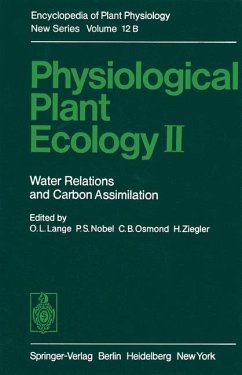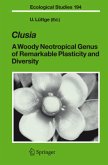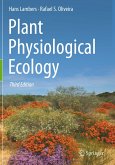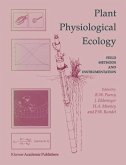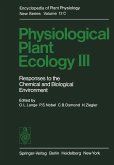O. L. LANGE, P. S. NOBEL, C. B. OSMOND, and H. ZIEGLER In the original series of the Encyclopedia of Plant Physiology, plant water relations and photosynthesis were treated separately, and the connection between phenomena was only considered in special chapters. O. STOCKER edited Vol ume III, Pjlanze und Wasser/Water Relations of Plants in 1956, and 4 years later, Volume V, Parts I and 2, Die COrAssimilation/The Assimilation of Carbon Dioxide appeared, edited by A. PIRSON. Until recently, there has also been a tendency to cover these aspects of plant physiology separately in most text books. Without doubt, this separation is justifiable. If one is specifically inter ested, for example in photosynthetic electron transport, in details of photophos phorylation, or in carbon metabolism in the Calvin cycle, it is not necessary to ask how these processes relate to the water relations of the plant. Accordingly, this separate coverage has been maintained in the New Series of the Encyclopedia of Plant Physiology. The two volumes devoted exclusively to photosynthesis are Volume 5, Photosynthesis I, edited by A. TREBST and M. AVRON, and Volume 6, Photosynthesis II, edited by M. GIBBS and E. LATZKO. When consider ing carbon assimilation and plant water relations from an ecological point of view, however, we have to recognize that this separation is arbitrary.

